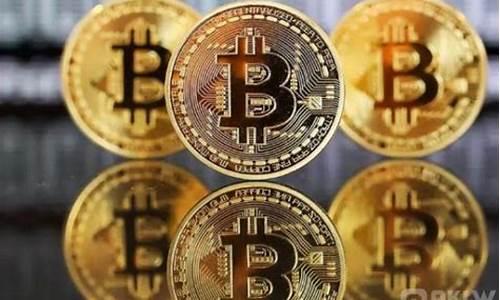
Digital currency, also known as cryptocurrency, is a type of digital asset that uses
cryptography to secure and verify transactions and to control the creation of
new units. It is decentralized, meaning that it is not controlled by any government
or financial institution, and it operates on a public ledger called a blockchain.
One of the key features of digital currency is its decentralized nature. Unlike
traditional currencies, which are controlled by governments and financial institutions,
digital currency is not subject to inflation or monetary policy. Instead, it is
based on a complex algorithm that determines its value based on supply and demand.
Another important feature of digital currency is its security. Transactions are
secured using advanced cryptography, making it nearly impossible for anyone to
interfere with them. This makes digital currency a popular choice for online
transactions, as it provides a high level of protection against fraud and theft.
Digital currency also has a limited supply, which helps to maintain its value. The
total number of digital currencies in circulation is fixed, and new units are
created through a process called mining. This ensures that there will never be more
than a certain amount of digital currency in circulation, which helps to keep its
value stable over time.
In addition to its technical features, digital currency also has several cultural
characteristics that set it apart from traditional currencies. For example, it is
often associated with anonymity and privacy, as users can make transactions
without revealing their identities. It is also often used as a form of investment,
as its value can fluctuate wildly over time.
Overall, digital currency represents a significant shift in the way we think about
currency and finance. While it is still a relatively new phenomenon, it has the
potential to revolutionize the way we conduct transactions and manage our money.
